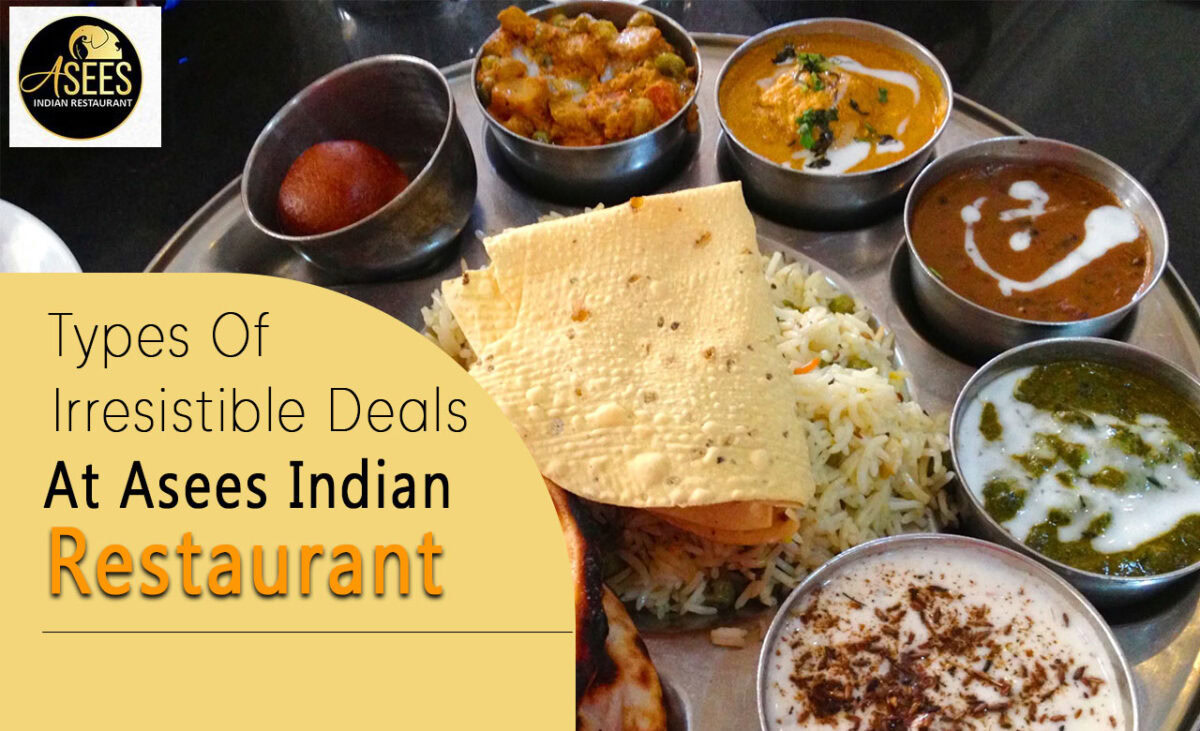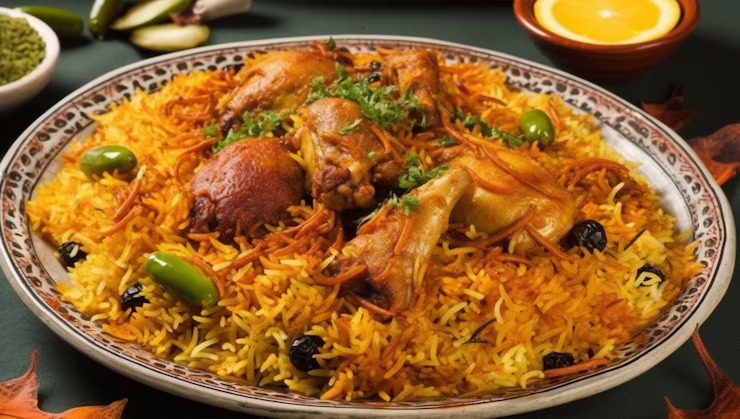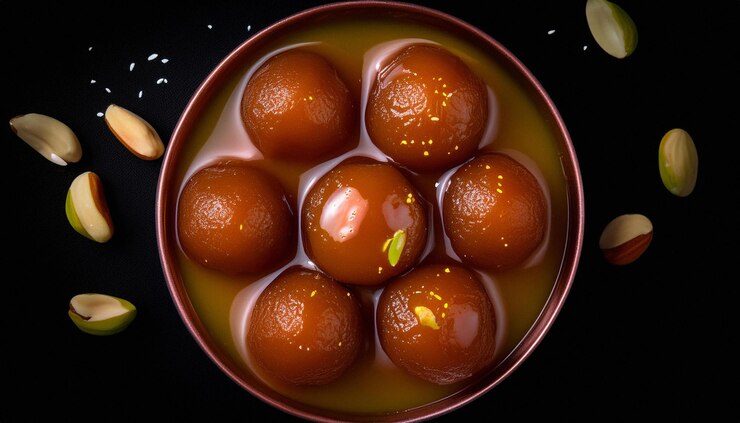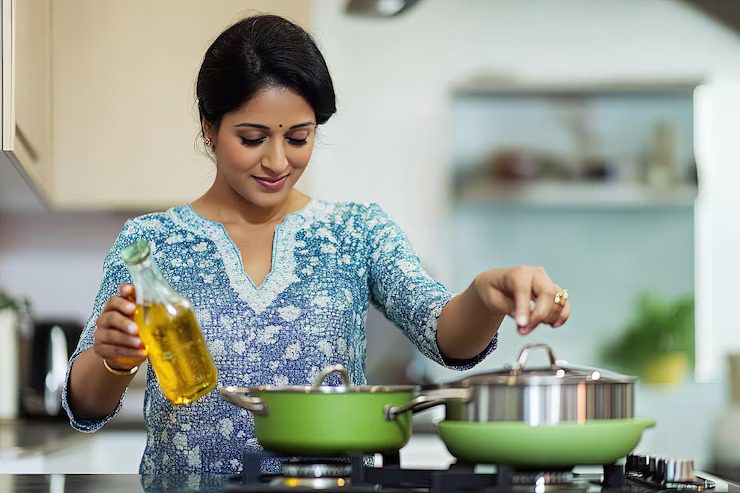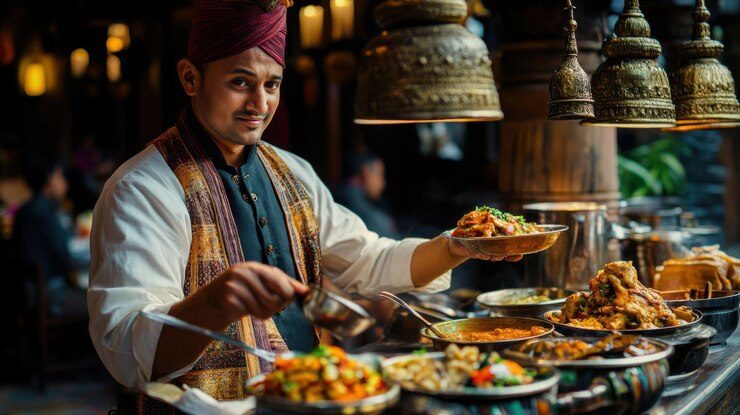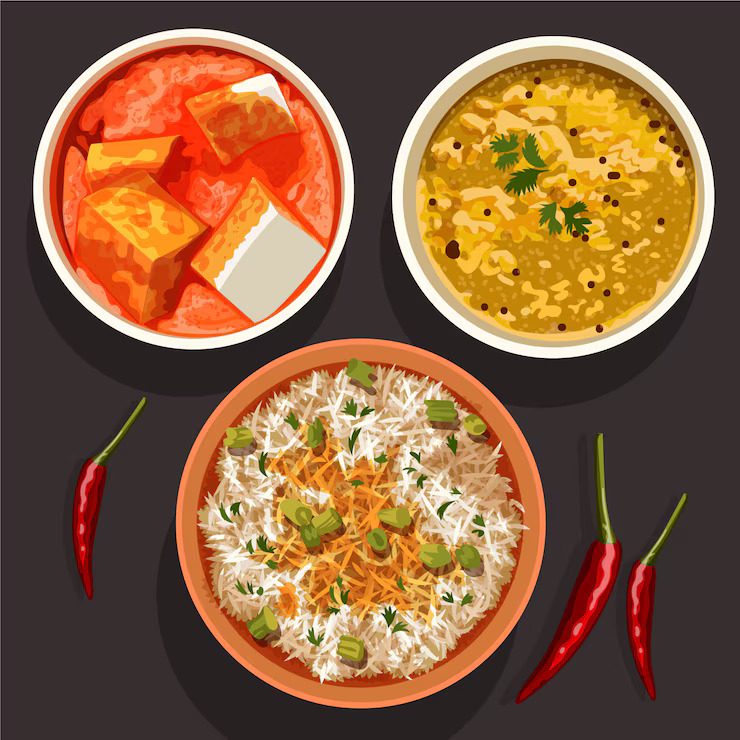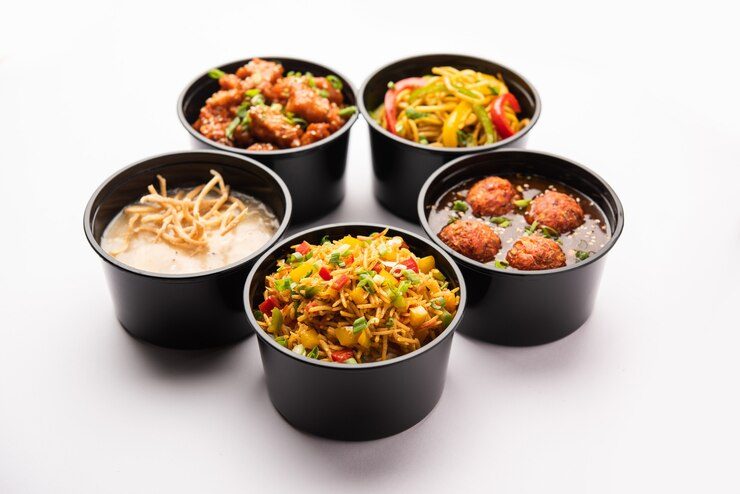![]()
People of different nations prefer to eat Indian food for various reasons. Indian food is not only famous for its delicious taste but also for its health benefits. Several restaurants offer a fantastic journey of Indian cuisine, and the best Indian restaurant in Wollongong provides an excellent taste of Indian cuisine.
What are the different types of spices used in South India?
The Rich culinary legacy of South India is replete with unusual spices that give food complexity and flavor; the following are some unique spices that are frequently used in South Indian cooking:
- Curry leaf: These fragrant leaves are an essential ingredient in South Indian cuisine, giving meals like rice preparations, chutneys, and curries a unique flavor and scent.
- Asafoetida: A strong spice called asafoetida is used in South Indian cooking to improve the flavor of dals, sambar and other vegetable dishes.
- Mustard seeds: Black mustard seeds, used as a tempering agent in South Indian cuisine, give curries, pickles, and rice dishes a nutty flavor and a hint of spice.
- Fenugreek seeds: Fenugreek seeds are prized for their slightly bitter taste and are often used in South Indian spice blends, pickles, chutneys, and lentil-based dishes.
- Tamarind: Tamarind is a souring agent used in South Indian cuisine to add tanginess to dishes like sambar, rasam and various vegetable curries.
- Dried red chillies: South Indian cuisine incorporates fried red chillies in various forms, including whole powdered and as part of spice blends, to add heat and flavor to dishes.
- Cinnamon: Cinnamon is used in South Indian cuisine to impart a warm, sweet aroma to dishes like biryani, meat curries, and desserts.
- Star Anise: This aromatic spice, which gives meat dishes, biryanis, and some spice mixes a characteristic liquorice-like flavor, is utilized in South Indian cuisine.
- Cloves: South Indian cuisine frequently uses cloves to add a warm, spicy flavor to foods, especially pickles, rice dishes and meat curries.
- Cardamom: Prized for its fragrance and somewhat sweet flavor, cardamom is used in savory spice mixes, delicacies from south India and drinks like chai.
Reasons to add spices to different dishes
Spices are added to food for various purposes, such as to improve flavor, aroma, appearance and preservation. The following are some primary justification for why spices are frequently used in cooking:
- Enhancing flavor: Spices improve the overall flavor experience of food by giving it more depth, complexity, and richness. Depending on the spices used, they can impart various flavor qualities, including sweet, spicy, savory, bitter, or acidic.
- Enhancing Aroma: The aromatic chemicals found in many spices add to the overall aroma of food. Spices have the power to pique appetites and produce a sensory experience that makes eating more pleasurable.
- Enhancing appearance: Spices can give meals more color and visual appeal, enhancing their appeal and appetizingness. For instance, paprika gives food a deep red color, while saffron gives a vivid yellow hue.
- Cultural and Culinary Tradition: Spices are an integral part of numerous culinary customs and cultural rituals around the world. They are frequently a crucial component of age-old recipes handed down through the centuries and represent a specific area or culture’s distinct tastes and culinary legacy.
- Health Benefits: Spices are beneficial for human health in different ways. Some spices are thought to have both therapeutic and health-promoting qualities. Turmeric is highly valued for its anti-inflammatory properties, whereas cinnamon could aid in blood sugar regulation.
India is diverse, and people of different nations prefer to eat Indian dishes for various reasons. To enjoy the wide range of Indian food in Wollongong, reserve a table at Asees Indian restaurant.


